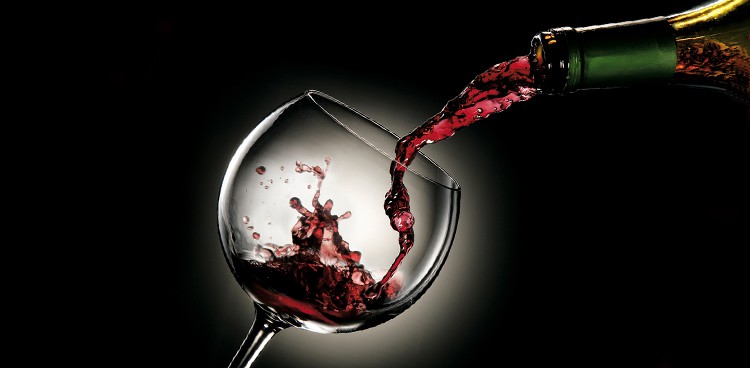
In the current cheese-pairing climate, which favors whites and lighter reds, zinfandel gets short shrift. But it’s time that changed. The grape’s history is a bit blurry, but genetic research has revealed it to have Mediterranean roots, with ties to a Croatian grape called crljenak kastelanski, as well as to southern Italy’s primitivo, where you can bet the locals enjoy it with cheese.
The grape kept up those southern European ties for many years after it landed in the United States in the early 1800s, planted often by Italian immigrants, who made it in an Italianate style—high acidity, readily drinkable, the sort that goes down well with a chunk of Dry Jack cheese.
Unfortunately, after Prohibition, and then the blush debacle, in which zinfandel became equated with a soda-sweet pink wine, Americans forgot what real zinfandel tastes like. In the 1990s it was often closer to port in style than table wine, thick and black and nearing 16 percent alcohol.
Today, as the second most-planted red wine grape in California, zinfandel comes in a rainbow of styles, from bone-dry rosés to frisky, lean reds to spicy, high-octane bruisers and port-style dessert wines. That means, of course, that there’s a zinfandel for every cheese. Here are a few ideas to start.
Rosé Zinfandel
These days many producers are capitalizing on zinfandel’s ability to make a brisk, spicy, bone-dry rosé that can take on herbed goat cheeses as well as any Provençal bottle. At the same time white zinfandel remains one of the best-selling wines on the market, and if it’s brunchtime and there’s a crock of spicy, homemade pimiento cheese on the table you, too, will see the attraction.
- Homemade pimiento cheese + Beringer California White Zinfandel
- Coach Farm Herb Disc + Renwood Amador County Rosé
Red Zinfandel
With its bold, spicy blackberry flavors and frisky acidity, red zinfandel is the wine to reach for if you’ve got rich, dense cheeses. Look for aged cheeses—their sweetness and density will work in their favor. Flavored cheeses, such as a pepato, will mesh well, too.
- BelGioioso Pepato + Ravenswood 2012 California Vintners Blend Zinfandel
- Cypress Grove Chevre Midnight Moon + DeLoach 2012 Russian River Valley Zinfandel
- Vella Cheese Mezzo Secco + Frog’s Leap Napa Valley Zinfandel
Late-Harvest Zinfandel
Zinfandel’s rich red fruit flavors take on an extra level of succulence when the grapes are allowed to get extra ripe. Dark and velvety, late-harvest zinfandels can stand in for port—a classic match for blue cheese.
- Point Reyes Farmstead Cheese Bay Blue + Dashe 2013 Dry Creek Valley Late-Harvest Zinfandel
- Fiscalini Cheese Bandage Wrapped Cheddar + Hobo Wine Co. The Mantis Dry Creek Valley Fortified Zinfandel
How to Taste
This may sound strange, but if it’s hot out, you might want to give your red zinfandels a light chill before opening. You’re aiming for what they used to call “cellar temperature”—back when people had actual underground spaces to to store their wine—about 55°F; it helps to to brighten the acidity and tamp down the alcohol. If you have several zinfandels, smell and taste them all before starting in on the cheese, and order them by flavor intensity. Then move on to the cheese, tasting first without the wine. Once you have a good idea of what you are working with, you can play: Take a bite of cheese, then a sip of wine, and repeat to find the best matches. If everything begins to taste the same, take a break with a piece of plain bread or a cracker.
Feature Photo Credit: enricoRubicondo | Shutterstock




